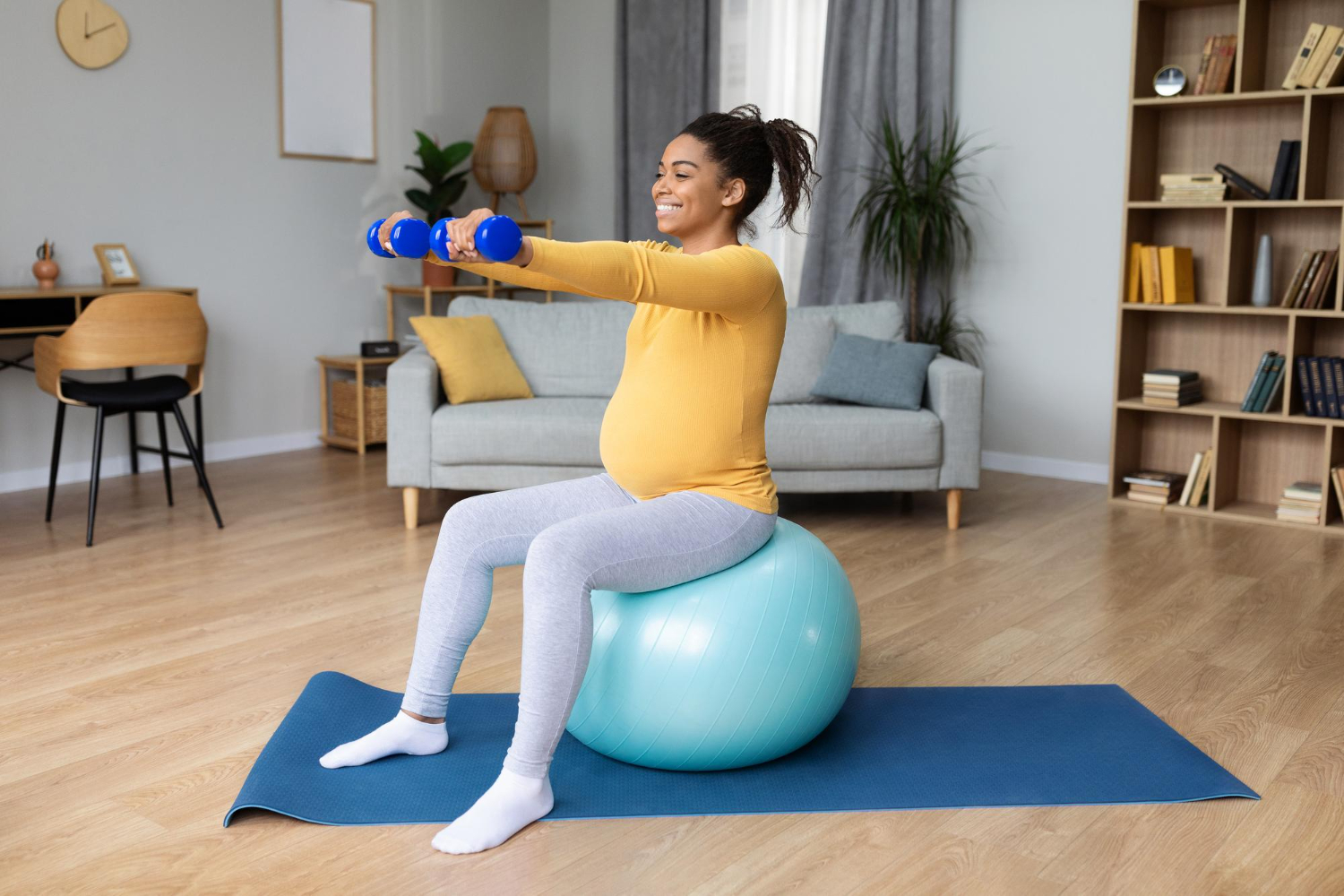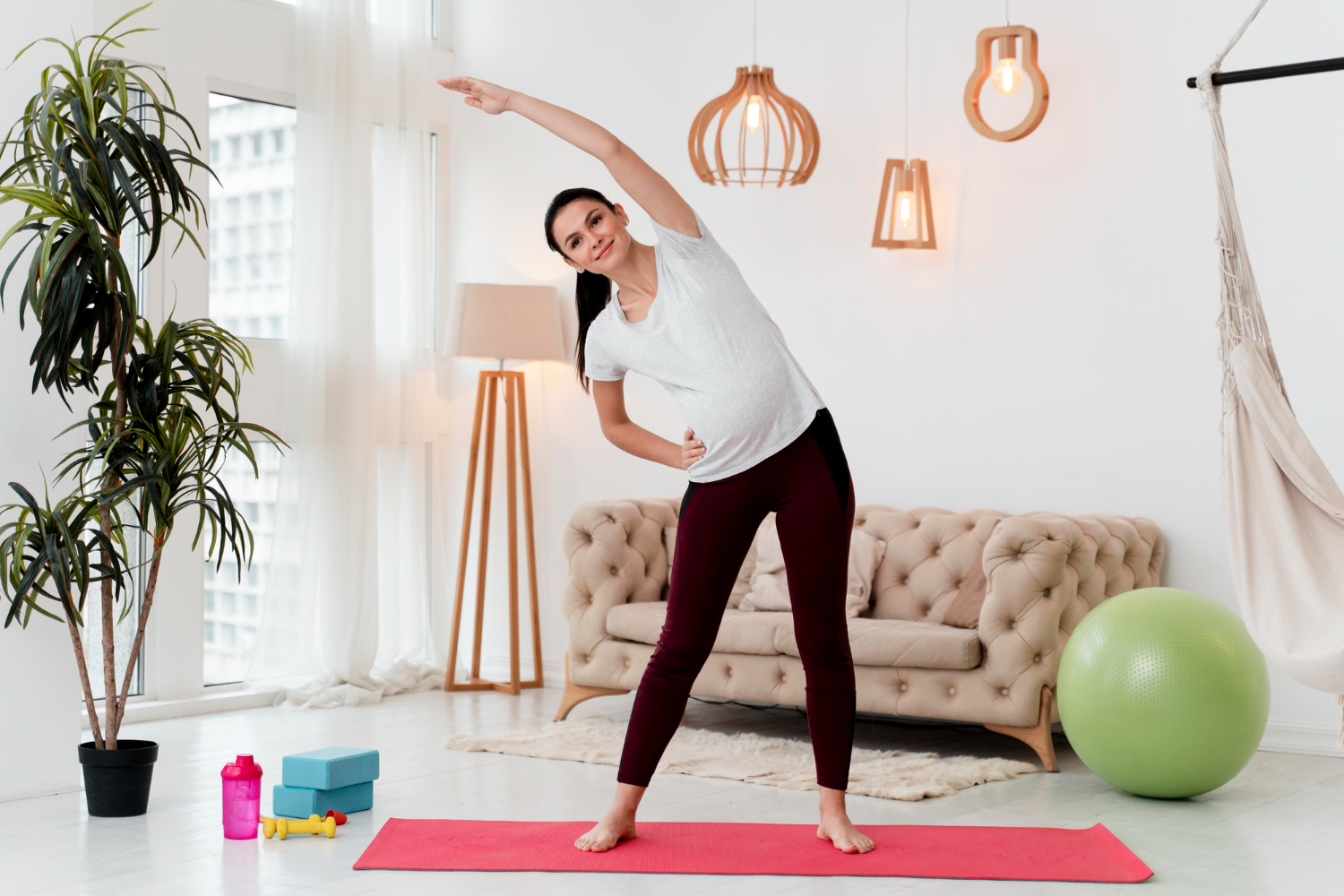When a woman is pregnant, it is often advisable to modify her sports routine in order to guarantee both her own health and that of her baby. However, it is entirely possible to continue to practice regular physical activity during pregnancy, provided that certain precautions are taken.
The importance of physical activity during pregnancy
First of all, it is important to emphasize that physical activity during pregnancy has many benefits. It allows you to stay in shape, maintain good cardiovascular health, limit excessive weight gain, prevent certain health problems such as gestational diabetes and hypertension, and even facilitate labor and childbirth.
Sports recommended during pregnancy
Certain physical activities are particularly recommended for pregnant women. Among them, we find walking, swimming, prenatal yoga, adapted Pilates, gentle gymnastics, and even aquagym. These sports are considered safe because they place little strain on the joints and muscles, while providing benefits for the body and mind.
Sports to avoid during pregnancy
Although it is possible to practice physical activity during pregnancy, it is nevertheless advisable to avoid certain risky sports. It is therefore recommended to say goodbye to contact sports, such as judo or rugby, as well as sports at risk of falling, such as horse riding, skiing or mountain biking. It is also preferable not to practice sports requiring intense and prolonged effort, such as running or weightlifting.
Precautions to take
When practicing physical activity during pregnancy, it is important to take certain precautions. First of all, it is essential to consult your doctor before starting or continuing any sport during pregnancy. Your healthcare professional will be able to advise you based on your state of health and your pregnancy.
Furthermore, it is essential to listen to your body and not force yourself. It’s normal to feel some fatigue during pregnancy, so you should adjust the intensity and duration of your workouts accordingly. Don’t hesitate to take regular breaks and hydrate properly.
Finally, it is crucial to take care of your back and joints, which can be more fragile during pregnancy. Avoid sudden movements, jumps, excessive twisting, and instead favor gentle exercises to strengthen your deep muscles and maintain good posture.
The benefits of sport during pregnancy
Practicing regular physical activity during pregnancy has many benefits. In addition to preserving your health and that of your baby, sport will allow you to feel better in your body and prevent certain pains and discomforts linked to pregnancy, such as back pain and heavy legs. In addition, sport promotes the release of endorphins, these happiness hormones, which will help you better manage stress and possible hormonal fluctuations.

The psychological impact of physical activity during pregnancy
Beyond the obvious physiological benefits of sport during pregnancy, practicing regular physical activity also plays a crucial role psychologically. For many women, pregnancy is a time of great change, marked by a multitude of emotions ranging from joy to anxiety. Sport, by releasing endorphins, not only contributes to better mood regulation, but also offers a valuable opportunity to connect with yourself and your baby.
Taking a moment for yourself, by playing sports, can help you disconnect from external pressures, while strengthening the mother-child bond. In addition, for those who are used to a regular training rhythm before pregnancy, maintaining a suitable routine can offer a feeling of continuity and control in the face of the many upheavals that this period involves.
Moreover, integration into a sports community, whether it’s a prenatal yoga group or an aquagym class for pregnant women, offers an opportunity to connect with other mothers-to-be. These interactions can be a valuable source of emotional support, allowing us to discuss each other’s experiences, fears and expectations.
Finally, it is interesting to note that physical activity can also play a determining role in mental preparation for childbirth. Some disciplines, like yoga, emphasize breathing and relaxation, two key elements for managing pain and anxiety during labor.
Nuances in choosing physical activity depending on the trimesters of pregnancy
At each stage of pregnancy, a woman’s body undergoes significant changes. These transformations influence not only the well-being of the pregnant woman, but also her ability to practice certain physical activities. To fully enjoy the benefits of sport while ensuring the safety of mother and baby, it is essential to take into account the specificities of each trimester.
First trimester: caution and listening to yourself
During the first weeks of pregnancy, women often experience symptoms such as nausea, vomiting and severe fatigue. In addition, it is during this trimester that the risk of miscarriage is highest. It is therefore crucial to favor gentle, short-duration, low-intensity activities. Walking is particularly recommended, as is swimming, which offers a pleasant feeling of weightlessness. The main thing is to feel good and avoid intense efforts.
Second trimester: time to explore
This is often the most pleasant time of pregnancy. The discomforts of the first trimester are fading and the stomach is not yet too large. Women can therefore explore different activities, always with caution. Pilates and prenatal yoga are ideal for strengthening deep muscles and improving posture. However, it is recommended to avoid positions that compress the abdomen or put too much pressure on the back.
Third trimester: adaptation is key
As the belly becomes rounder, the center of gravity shifts, which can affect balance. Activities like water aerobics can help relieve back pain common at this stage. It is also wise to limit activities involving prolonged standing, which can cause pain in the pelvis or legs.












